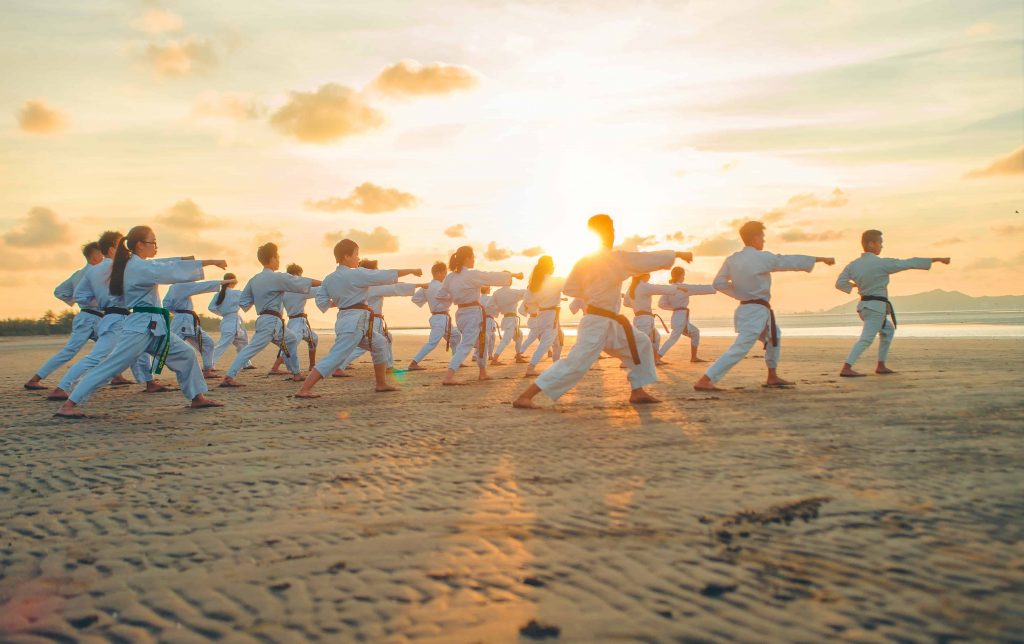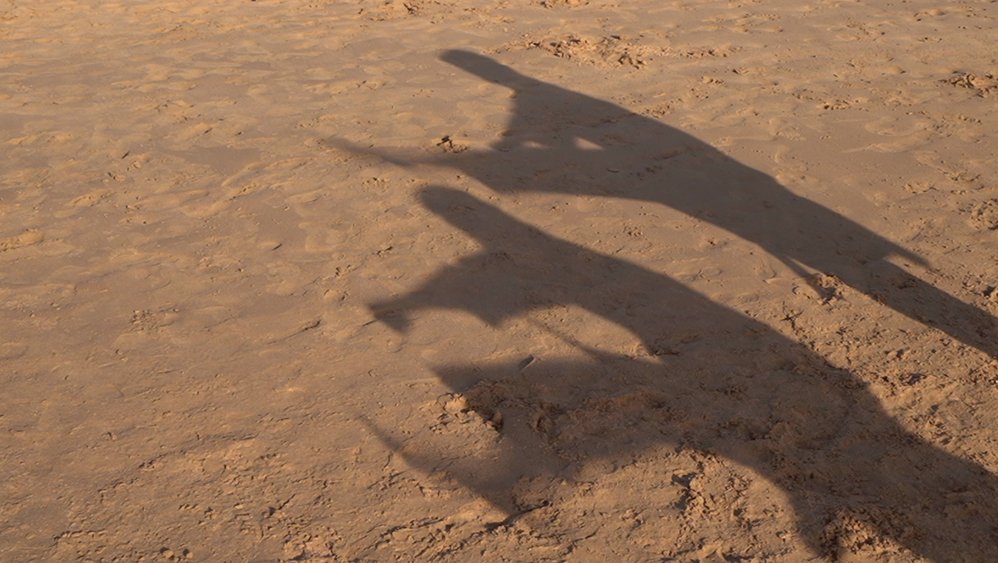1. You Must Start Training While You Are Young
Short answer: no.
Long answer: Absolutely not.
Most martial artists understand that no two people perform exactly the same, however many forget that the same person performs differently at different ages as well. The preferences, disposition, and physical abilities of a martial artist are likely to be different at age twenty and age twenty-five. We know that this is fine.
Of course, the same can obviously be said for a martial artist who begins training at age six versus sixty.
And that is also fine. What’s important, regardless of when you are beginning your martial art journey, is to tailor your training to you and what you can do.
Recognize aspects of yourself, mentally and physically. Train in the ways that improve who you are and what you can do instead of seeking to improve who you used to be and what you were once able to do.
Don’t forget the most important thing! Even if you begin training when you are closer to your hundredth birthday than your first birthday, you are practically dancing circles around those who decided it is already too late to begin.

2. Advanced Martial Artists Are The Most Dangerous To Practice With
Despite how fearsome an advanced practitioner may look in their execution of techniques, they are actually likely to be the safest to work with.
More injuries result from beginner students who have unsure movements and excess tension in their actions than from advanced practitioners who have spent plenty of time learning the ins and outs of their techniques.
Rather than run away from the “big and scary black belts”, I’d advise you to seek them out. If you are the teacher running the class, encourage ranks to match up with different skill levels.
The students will benefit from the variety of persons and the classes will be safer as advanced students can help guide the newer ones along—of course, be sure the advanced students still get to train at the practice levels they need to!

3. You Can’t Train If You Are Injured Or Out Of Shape
Let me start by saying that it is good to rest and recover properly when you are injured.
As much as we martial artists love to focus on the aspects of training that rely on physical exertion, physical recovery is equally important. Take a break before your body decides to break down further.
With that being said, just because you can’t do everything doesn’t mean you can’t do anything. Heck, isn’t the purpose of training to learn how to overcome the challenges that get in the way of our health or survival?
Rather than train around the injury—and certainly rather than training through the injury—find ways to adapt your skillset as you would if it were happening in a live situation. In most cases, you can intelligently modify your actions to accommodate your new handicap.
This means you distill your techniques and tactics into the essential elements that make them work, then rebuild them in a way appropriate for your momentary challenge.
Mind you, go slow and work smart.
In the case of a more serious injury that prevents even movement adaptation (e.x. spinal injury), seek other methods of improvement. This is when book studying and introspective thought are extremely powerful.
Even the most physical sport has mental and strategic aspects that can be worked on while in bed.
Read the full article HERE.



